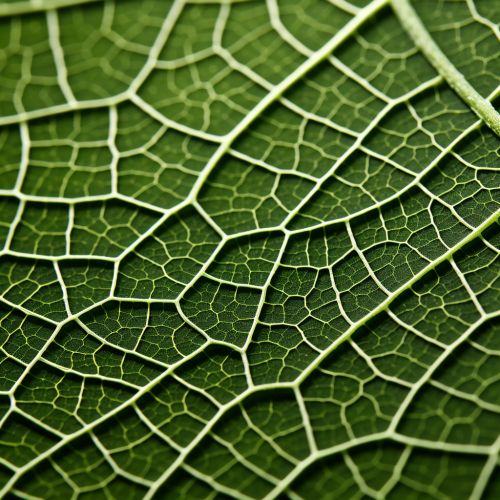Vascular Plant Evolution
Introduction
Vascular plants, also known as Tracheophyta, are a large group of plants that are defined by the presence of specialized tissues for conducting water, minerals, and photosynthetic products through the plant. This group is characterized by having a life cycle with alternating generations, one of which is dominant and multicellular.
Evolutionary Origins
The evolution of vascular plants has been a complex process that has spanned over 400 million years. The earliest vascular plants, known as the Rhyniophytes, appeared during the Silurian period (approximately 443.8 to 419.2 million years ago). These early plants lacked true leaves and roots but had a simple vascular system and reproduced via spores.
Evolution of Vascular Tissue
The evolution of vascular tissue, which includes the xylem and phloem, was a significant development in plant evolution. The xylem is responsible for the transport of water and minerals from the roots to other parts of the plant, while the phloem transports sugars and other nutrients from the leaves to the rest of the plant. The presence of these specialized tissues allowed vascular plants to grow taller and live in a wider range of environments.
Evolution of Leaves
The evolution of leaves, structures specialized for photosynthesis, was another major step in the evolution of vascular plants. The first vascular plants had simple, unbranched stems with sporangia (spore-forming structures), but did not have true leaves. The first true leaves, known as microphylls, evolved in the group known as the Lycophytes.
Evolution of Roots
The evolution of roots allowed vascular plants to anchor themselves in the ground and absorb water and nutrients from the soil. The earliest vascular plants did not have true roots, but instead had rhizoids - root-like structures that were not capable of conducting water or nutrients.
Evolution of Seeds
The evolution of seeds was a major development that allowed vascular plants to reproduce and disperse in a variety of environments. The first seed plants, known as the seed ferns, appeared in the late Devonian period (approximately 419.2 to 358.9 million years ago).
Evolution of Flowers
The evolution of flowers, structures specialized for sexual reproduction, was a major development in the evolution of vascular plants. The first flowering plants, known as angiosperms, appeared in the early Cretaceous period (approximately 145 to 100 million years ago).
Current Diversity
Today, there are over 300,000 known species of vascular plants, which include the ferns, gymnosperms (conifers and their allies), and angiosperms (flowering plants). These plants inhabit a wide range of environments, from deserts to rainforests, and from sea level to high mountain ranges.
See Also


